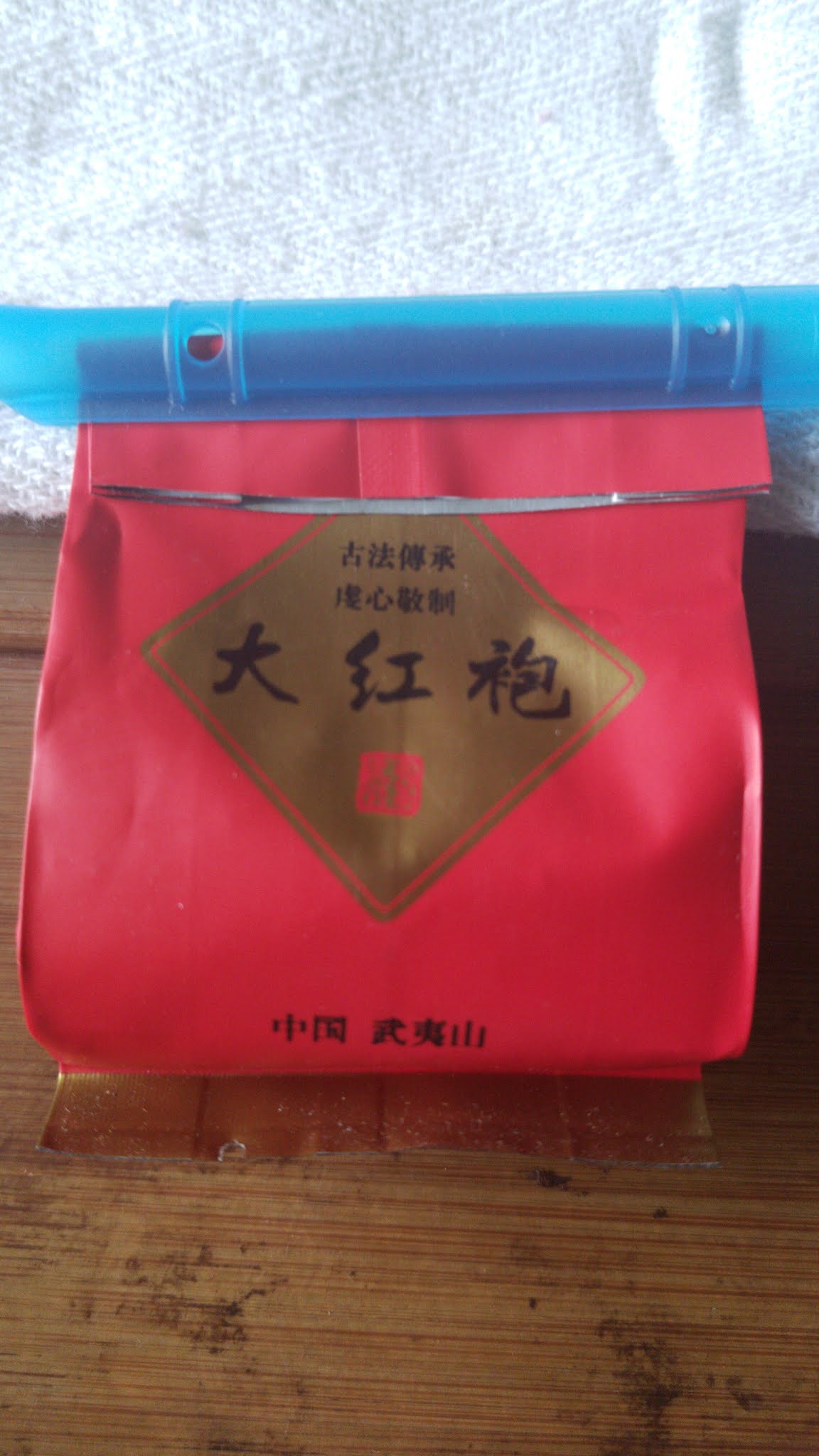
This was motivated by an old post from teamaster:
http://teamasters.blogspot.com/2012/04/ ... t.html?m=1
Furthermore, I was told this type of pot allows ball rolled oolongs to fully expand upwards, allowing for improved brewing.
However, i was also warned not to use more than about 3 grams of ball rolled oolong in my pot. Usually, i brew at 6-6.5 g /100 mL, which would translate to around 5.1-5.5 g/ 85 mL, so i was taken aback.
Nonetheless, i tried to brew 3 g of high mountain oolong in the pot for 1 min / 50 sec / 1:30 for first 3 steeps. These are around double the time i normally use in my 125 mL pot with 8 grams of the same tea. However, the tea was very bland and weak in the long dan.
Next, i tried brewing 5.3 g in the long dan pot using my usual 30 sec / 25 sec / 45 sec steep times. Surprisingly, the brew was almost equally bland as when i used 3 grams, but now it had more astringency. The astringency worsened with more steeps. When i cleaned out the pot, i noticed some heavily concentrated (and very bitter) liquid was being trapped in the bottom under the dense layers of leaves, that was probably contributing to the problem. This was not evident when i was only using 3 grams of tea.
I was wondering if anyone else here has experience using a small long dan pot and can provide some advice to me regarding proper use with ball rolled oolong. Thank you!


